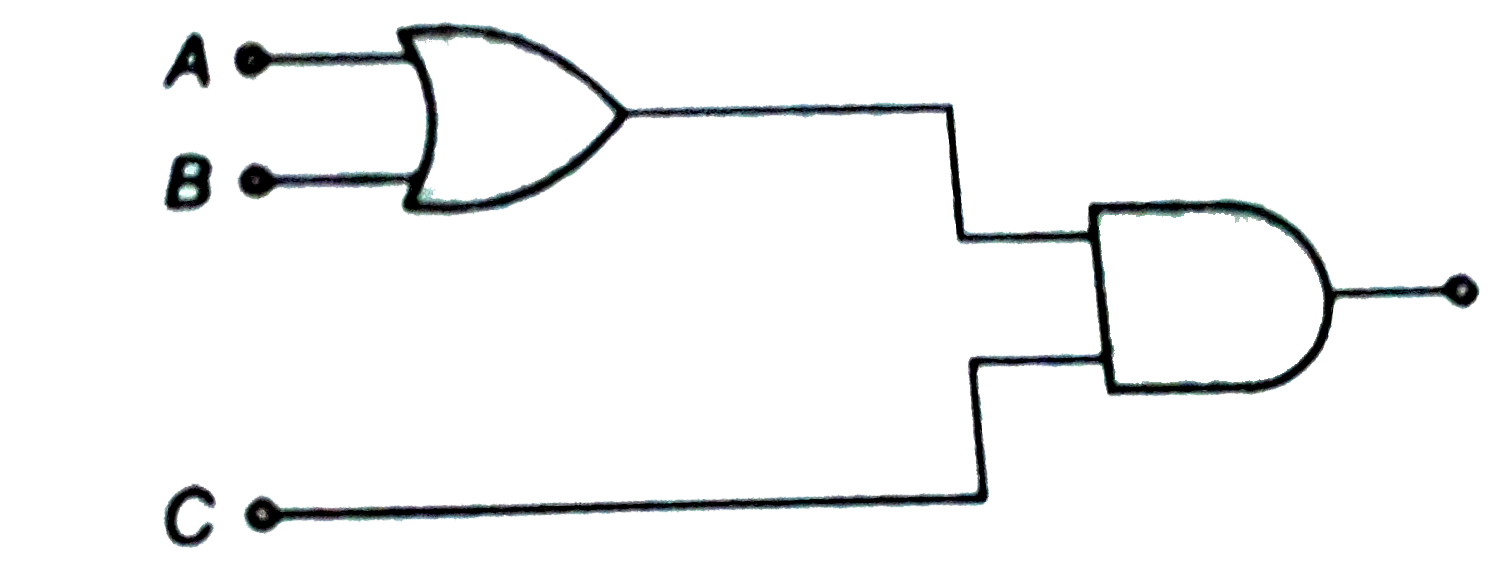The output from a LASER is monochromatic. It means that it is :
directional
polarised
narrow beam
single frequency.
The correct Answer is:D
To solve the question "The output from a LASER is monochromatic. It means that it is:", we need to understand the term "monochromatic" in the context of LASER output.
1. Understanding Monochromatic Light:
- The term "monochromatic" refers to light that consists of a single wavelength. This means that all the light waves emitted have the same frequency.
2. Characteristics of LASER Light:
- LASER (Light Amplification by Stimulated Emission of Radiation) produces light that is highly coherent, directional, and monochromatic.
- Among these characteristics, the key feature we are focusing on is that LASER light is monochromatic.
3. Options Analysis:
- The options provided are:
1. Directional
2. Polarized
3. Narrow beam
4. Single frequency
- Since "monochromatic" means having a single wavelength, it also implies having a single frequency (as frequency and wavelength are inversely related).
4. Conclusion:
- Therefore, the correct answer to the question is that the output from a LASER being monochromatic means that it is "single frequency".
Final Answer:
The output from a LASER is monochromatic, which means that it is single frequency.
---
- The term "monochromatic" refers to light that consists of a single wavelength. This means that all the light waves emitted have the same frequency.
- LASER (Light Amplification by Stimulated Emission of Radiation) produces light that is highly coherent, directional, and monochromatic.
- Among these characteristics, the key feature we are focusing on is that LASER light is monochromatic.
- The options provided are:
1. Directional
2. Polarized
3. Narrow beam
4. Single frequency
- Since "monochromatic" means having a single wavelength, it also implies having a single frequency (as frequency and wavelength are inversely related).
- Therefore, the correct answer to the question is that the output from a LASER being monochromatic means that it is "single frequency".
The output from a LASER is monochromatic, which means that it is single frequency.
Topper's Solved these Questions
- PRINCIPLES OF COMMUNICATIONBOOK - MBD -HARYANA BOARDCHAPTER - PRINCIPLES OF COMMUNICATIONEXERCISE - Long Answer Type Question
1 Videos
- OPTICSBOOK - MBD -HARYANA BOARDCHAPTER - OPTICSEXERCISE - OBJECTIVE TYPE QUESTIONS
26 Videos
- SOLIDS AND SEMICONDUCTOR DEVICESBOOK - MBD -HARYANA BOARDCHAPTER - SOLIDS AND SEMICONDUCTOR DEVICESEXERCISE - Objective type questions
21 Videos
Similar Questions
Knowledge Check
By a monochromatic wave, we mean
AA single rayBA single ray of a single colourCWave having a single wavelengthDMany rays of a single colourLASER is a ___
Amonochromatic lightBcomposite lightCwhite lightDlight from black bodyConsider the following statement regarding a beam of LASER.
(I) It is highly monochromatic.
(II) It is an electromagnetic radiation from a source.
(III) It travels with the speed of light.
Which of the statements given above are correct?ABoth I and IIBBoth II and IIICBoth I and IIIDI, II and III
To get an output 1 from the circuit shown in figure the input must be :

View SolutionIs a laser which emits monochromatic fermions (electrons, neutrinos, etc.) possible?
View SolutionA leaser emits monochromatic radiation of wavelength 663 nm. If it emits 105 quanta per second per square metre, calculate the power output of the laser in joule per square metre per second.
View SolutionA LASER is source of very intense, monochromatic, and unidirectional beam of light. These proparties of a laser light can be exploited to measure long distnae. The distance of the moon from the Earth hasl beenn already determine very precisly at the moon's surface. How much is the radius of the luuar orbit around the Earth?
View SolutionIn the given electric circuit find

(a) current
(b) power output
(c) relation between r and R so that the electric power output (that means power to R) is maximum.
(d) value of maximum power output
(e) plot graph between power and resistance of load
(f) from graph we see that for a given power output there exixts two values of external resistance, prove that the product of these resistances equal to r2.
(g) what is the efficiency of the cell when it is used to supply maximum power.
View Solution

